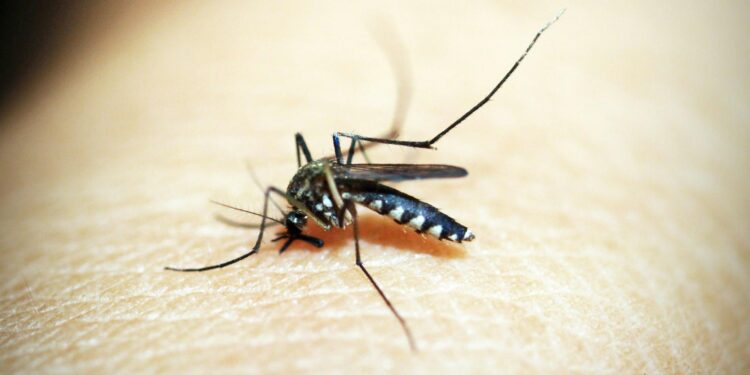A rise in cases of the Oropouche virus, an emerging mosquito-borne illness, has sparked significant concern among health officials worldwide. Over 8,000 cases have been reported this year, primarily in South America, with isolated incidents in the United States and Europe, prompting the Pan American Health Organization to issue an epidemiological alert. The virus, also known as “sloth fever,” is named after its discovery near a Trinidadian village in 1955 and has historically been considered mild. However, recent outbreaks have seen more severe cases, including some fatalities, raising the public health risk level to “high” in the Americas.
The virus spreads through insect bites, particularly from biting midges and mosquitoes, and symptoms often mimic those of dengue fever or Zika. The Centers for Disease Control and Prevention (CDC) has reported 21 cases among U.S. travelers returning from Cuba, where the virus has been recently identified. Patients commonly experience fever, headache, muscle pain, and nausea. In rare cases, the virus can cause neurological complications like meningitis and encephalitis. Health officials emphasize the need for increased surveillance and understanding of the virus’s life cycle and transmission patterns.
This year marks the first recorded deaths from Oropouche virus, including two young women in Brazil. There is also evidence suggesting the virus can be transmitted from pregnant women to their fetuses, potentially causing severe birth defects like microcephaly. This has drawn parallels to the Zika virus outbreaks of the last decade, underscoring the urgent need for preventive measures. The CDC has advised pregnant women to avoid travel to affected regions, particularly Cuba, and has recommended all travelers take precautions against insect bites.
While there is currently no vaccine or specific antiviral treatment for the Oropouche virus, health authorities urge the public to practice preventive measures such as using insect repellent and wearing protective clothing. The risk of sustained local transmission in the continental U.S. remains low, but experts caution that ongoing changes in climate and deforestation could increase exposure to infected insects. Continued research is crucial to better understand the virus and mitigate its spread.









